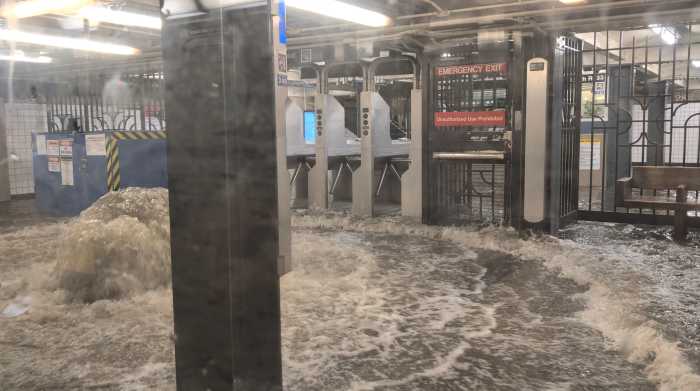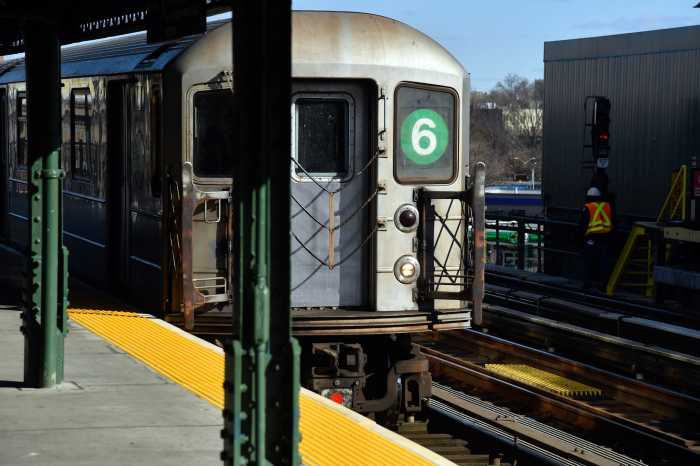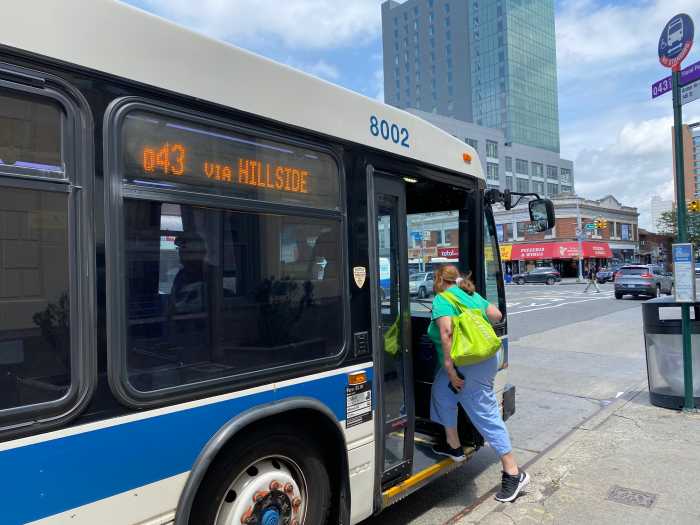
Amtrak knew about track issues at Penn Station before a NJ Transit train derailed Monday, but didn’t immediately do anything about them, the railroad’s CEO said Thursday.
Inspectors found weak “timbers” on Track 9 before the issue led to a derailment during the morning commute, causing minor injuries to passengers and wreaking havoc on commuters, Amtrak president and CEO Wick Moorman said at a news conference Thursday.
“We had notations that these timbers needed to be replaced,” he said. “We clearly did not have the understanding that there was an imminent failure.”
He declined to say when the issues were discovered, but said tracks are inspected two times a week. He said inspectors had underestimated the issues with the timbers, believing it could be resolved with normal maintenance work.
“We knew that at some point this year in our maintenance program we would be getting to it,” he said.
Moorman admitted that Amtrak “got it wrong.” He said the company has launched a joint investigation of the entire Penn Station track infrastructure with the Federal Railway Administration.
“We will share the full results of these inspections with both NJ Transit and LIRR so that they understand what we’ve found,” he said.
Three days after the derailment, delays plagued the station, with eight out of 21 tracks out of service, according to officials.
NJ Transit, Amtrak and the LIRR had to reduce the number of trains running in and out of Penn Station.
Moorman assured that full service would be restored Friday morning, but early Friday morning, LIRR said Amtrak did not complete the repairs, forcing the LIRR to cancel 10 trains. Amtrak said later in the morning that repairs were completed and normal service resumed.
The CEO also addressed the derailment on March 24, when an Acela train derailed and sideswiped a NJ Transit train, saying the cause was different from the recent incident.
The first incident was “the result of a mismatch between two pieces of rail,” he said. Amtrak ensures that there are no other alignment issues throughout the track system.
While the tracks are used by all the commuter trains, Amtrak owns them, and New Jersey Gov. Chris Christie said he is holding it responsible for the derailment.
On Wednesday, the governor ordered NJ Transit, which paid Amtrak $62 million for investments in the Northeast Corridor, to cease making payments to Amtrak until an independent investigation on the tracks is completed.
“Amtrak is legally responsible for the maintenance of tracks, signals, switches and other assets on the NEC,” Christie wrote in a letter published in The New York Times. “The recurring derailments at PSNY indicate Amtrak does not take its obligations seriously and had not effectively applied NJ Transit’s considerable payments.”
Moorman said he understands the governor is upset, but said withholding funding “is not going to solve any problems.”































